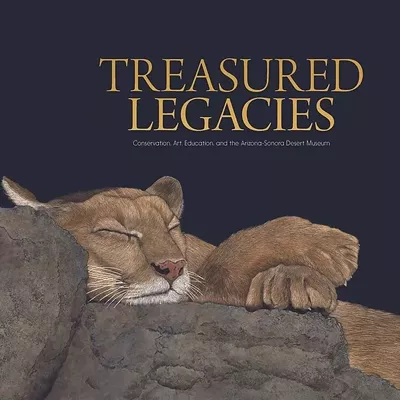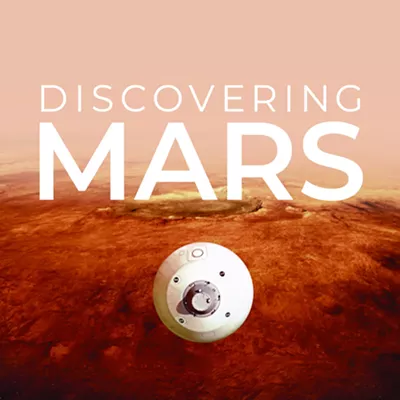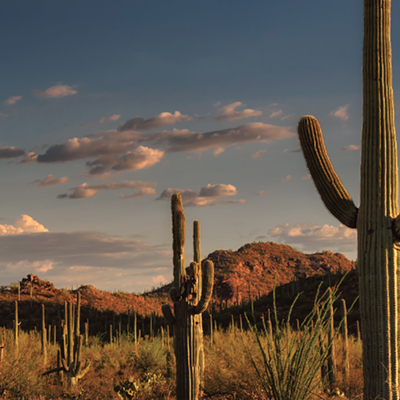Climb aboard the Death Ship. Mitch Tobin's lively and intelligent new book, Endangered: Biodiversity on the Brink, takes us on a grand tour through the world of the Endangered Species Act (ESA). A sort of statutory Noah's Ark for species on the edge, the ESA is described as the nation's toughest environmental law, and it may even be the toughest in the world. If you ever wonder at all the fuss over endangered species but are put off by the hysteria and propaganda on both sides, this is the book you should read.
Tobin had gone to Yale, entering "as a teenage Republican, fascinated by free-market economist Milton Friedman, interested in investment banking, and fond of wearing yellow ties." In spite of this, Yale broadened his horizons. After graduation he moved to Tucson in the summer of 1995, "someplace fun to live out West for a few years after graduation." After a series of odd jobs, he found himself canvassing door-to-door for the League of Conservation Voters and living the desert lifestyle in the Tucson Mountains.
Tucson made its mark on Tobin, but a year later opportunity knocked and he found himself entering a Ph.D. program in political science at UC Berkeley. A semester in and bored out of his skull, he decided to bail after completing a master's and stumbled into journalism. Discovering he was one of those fated to perpetually ask the question "Why?" he went further, also demanding an answer to the question. Writing was the ideal venue for pursuing this.
He learned the ropes at the Napa Valley Register, then scored a gig with the Tucson Citizen and returned to Tucson after a three-and-a-half year absence. Not long after, he jumped ship again and finally landed at the Arizona Daily Star covering environmental and science stories. It was Tobin's year-long, 10-part series for the Star in 2004 that gave rise to Endangered.
On the surface, Endangered is a comprehensive environmental history of the American Southwest (Arizona and New Mexico, and pieces of California, Nevada, Utah, Colorado and Texas). But this is really just the background through which Tobin cleverly weaves his tale of the ESA and the various fault lines it has created in both the political and the natural worlds.
Strangely enough, it was Richard Nixon who signed the ESA into law on Dec. 28, 1973. It had gone through Congress with bipartisan support—amazing compared with the current gridlock in D.C. This was an unprecedented time in American history during which several major bills regarding clean air, clean water and protecting the environment became law. The ESA replaced or supplemented earlier, weaker laws that didn't create any authority for government agencies to actually act to protect species from blinking out.
The problem was that things like national parks protected gorgeous scenery, but did a poor job of protecting the critters and their key habitats, what we today call biodiversity hotspots. Simply fencing something off and calling it a park doesn't help much, because most animals and plants don't respect fences and certainly can't read the signs.
The gist of the law was simple: Identify species that are in trouble and the places where they live, stop folks on both the government and private sides of the fence from driving things further down the path toward extinction, devise a recovery plan for the species, and allow killing of protected species only in very special circumstances.
All this seemed like a great idea at the time. But in the real world, economics and politics have always come to trump ecology.
Tobin uses the stories of a dozen or so endangered species in the Southwest to demonstrate how the ESA has fared over time—what has worked and what hasn't, and what needs to be fixed. He actually spent time crawling around in the field with biologists, seeing what they do and learning first-hand what is involved in trying to learn about and protect species that may not be long for this world.
A background in finance, political science, environmentalism and journalism makes Tobin an expert guide through the maze of complex issues surrounding the ESA. This could have been a very dull book. Instead it is utterly fascinating, and his presentation and analysis are balanced no matter your political affiliation. The facts are presented clearly, in an interesting manner, and are allowed speak for themselves.
And finally, to keep things interesting, there's even a love story. At one point Tobin humorously admits, "I must confess that I reserve a special place in my heart for treated sewage because it helped me find a bride."







